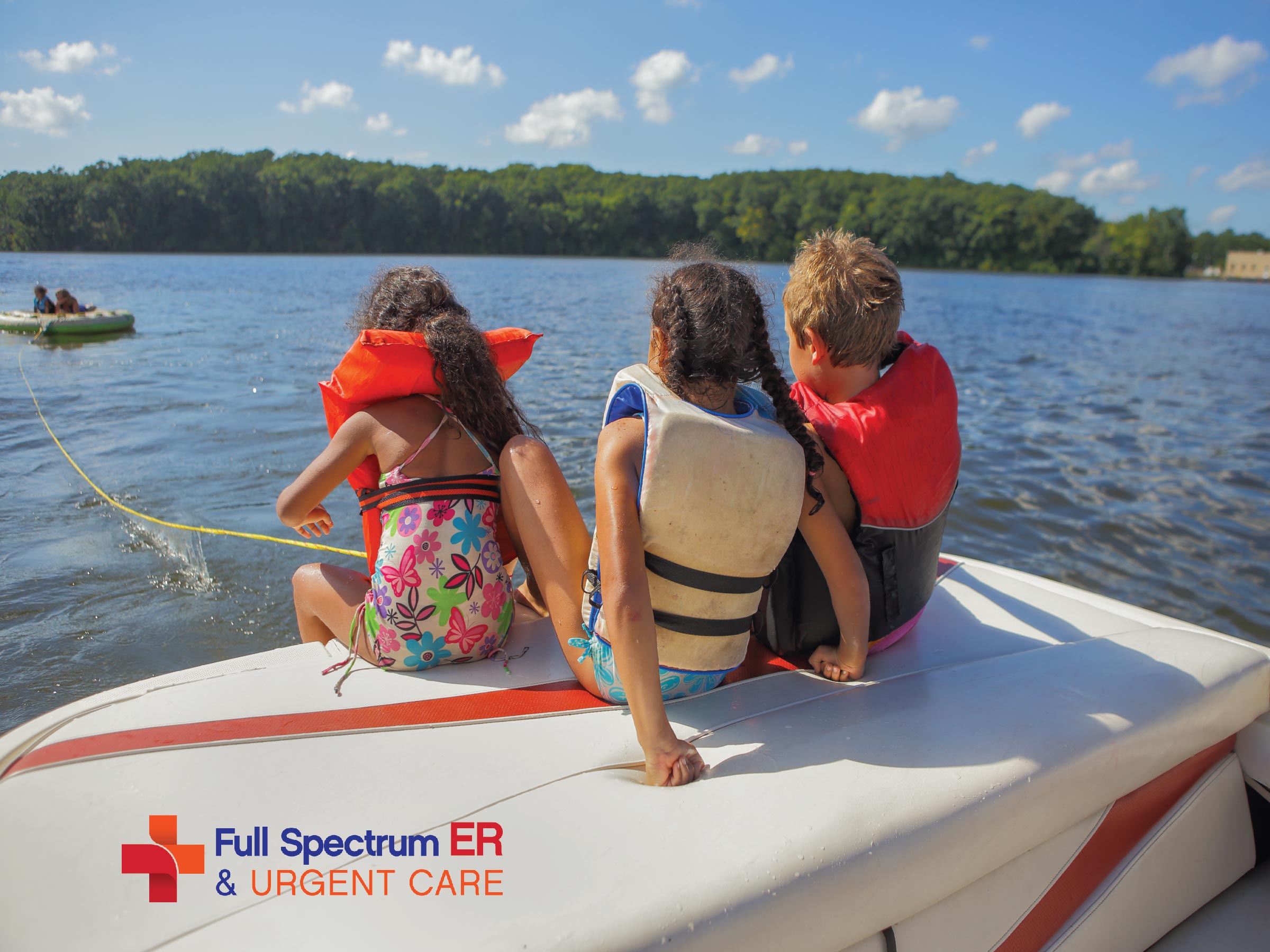
When and where should you and your children wear a life jacket?
For small children, inexperienced, or non-swimmers: Anytime you are near a body of water, including pools and waterparks.
Children that are 5 years or younger who are not protected by touch supervision at all times. Touch supervision means being within arm’s reach of children at all times.
Anytime you or your loved ones are on or in oceans, lakes, or other bodies of open water.
Anytime you or your loved ones are participating in any boating, paddling, or water-based sports, regardless of swimming ability.
Anytime you or your loved ones are around cold bodies of water or ice.
What is the best way to use a life jacket?
Life jackets come in all shapes and sizes. Make sure you are using the right type for the activity you are doing. Different types of Life Jackets:
Type I – Inherently buoyant recommended for cruising, racing, fishing offshore, when boating alone or in stormy conditions.
Type II – Inherently buoyant recommended for inland day cruising near the shore, fishing, and sailing. Also good for boating in light craft.
Type III – Inherently buoyant, recommended for sailing, water skiing, fishing, canoeing, kayaking, dinghy races, and for personal watercraft operation.
Type III – Inflatable, recommended use for sailing, dinghy races, and canoeing.
Type IV – Throwable design, designated to be thrown to an overboard victim or to supplement the buoyancy of a person that has gone overboard. The Type IV throwable device can come in square form, a ring buoy, or horseshoe buoy mounted on a deck.
Type V – Special use life jackets: Restricted to the special use for which each is designed, for example: sailboard harness, deck suit, paddling vest, commercial white water vest or float coats.
Type V – Automatic inflation models: Restricted to the one use for which it is designed, ex. belt pack, deck suit, float coat.
Type V – Hybrid Inflation and some special notes: Models recommended for boating activities where rescue is nearby and must be worn when underway.
Always make sure the life jacket that you are using is U.S. Coast Guard-approved. (Look for the stamp on the life-jacket) Life jackets will have a U.S. Coast Guard Approval Number.
Always make sure the life jacket fits the intended user by checking the weight and size limits.
Always make sure the buckles and straps are functioning properly. Discard any life jacket with any torn fabric or loose straps.
Lastly, practice swimming with one one before use!
Take a Free Online Course with American Red Cross! Water Safety for Parents and Caregivers Online Course

